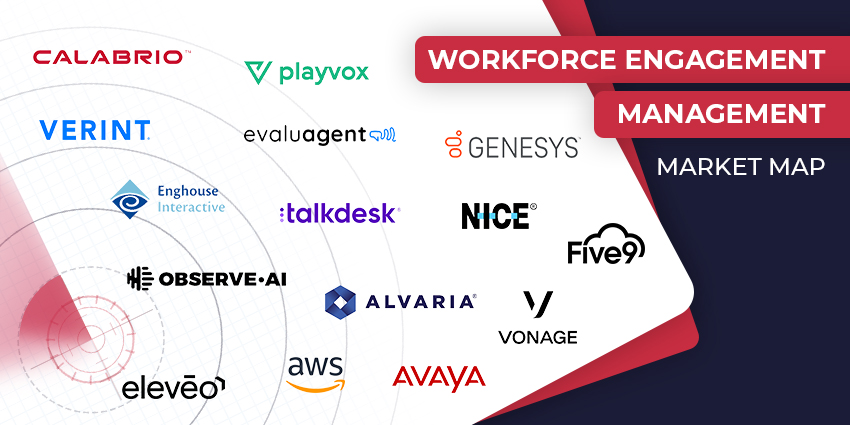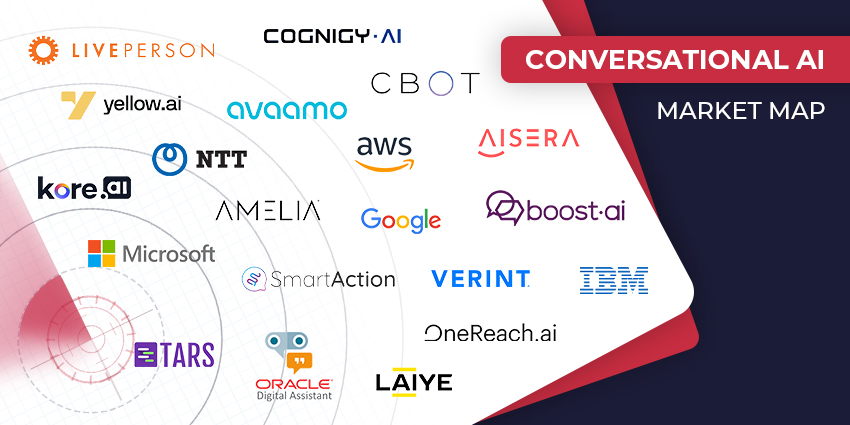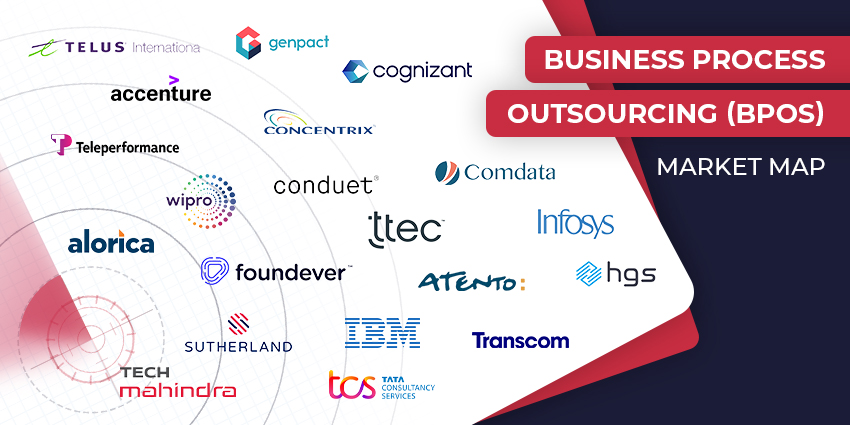Workforce optimisation (WFO) deals with the appropriate utilisation of resources in a contact centre, keeping in mind customer demand, channel and call volumes, organisational budgets, and employee engagement. Typically, quality management, scheduling practices, performance, and employee engagement are considered to be the key tenets of WFO. And, companies are eager to invest in technology systems that could aid in these areas of operations. From $1.8 billion in 2018, the global WFO solution market crossed $2 billion in 2019-2020, getting a leg up from the increase in demand for cloud during the pandemic.
So, what lies ahead for contact centres WFO in 2021? Here are the eight key trends:
- WFO solutions will be bundled into CCaaS products
Contact-Centre-as-a-Service (CCaaS) is rapidly growing in popularity, projected to grow at a CAGR of 16.1% between 2019 and 2027. This means that most contact centre functions will be deployed on an as-a-Service model, including workforce optimisation. Cloud-based vendors will need to ramp up their WFO capabilities, and indeed, R&D investment in this segment has grown in the last 12 months.
- AI and ML will aid in most WFO tasks
Artificial intelligence (AI) and machine learning (ML) have become more accessible due to the availability of open-source libraries, prebuilt training data, and affordable hosting. In 2021, AI and ML will help auto-generate workforce schedules, evaluate performance and assign scorecards, and more.
- Cloud-based WFO will be the norm to support remote working
Nearly 75% of contact centres that have adopted the cloud made the move during the pandemic. For companies still relying on on-premise or hybrid systems, this will be the year to go cloud-first.
- Self-service scheduling will be a top requirement
Self-service has emerged as a top requirement among contact centre workforces in the last few quarters. It gives agents the freedom to work around personal obligations and find their most productive hours during these complex times. WFO tools must adapt to prioritise self-service as a key feature.
- Workforce analytics will be instrumental in providing managers with visibility
Analytics capabilities– including speech analytics, text analytics, desktop analytics, and screen analytics – will help managers to monitor productivity without being present in person. Analytics dashboards can be accessed by agents for self-assessment as well.
- Gamification will help employees stay motivated
Gamification was always a staple for contact centre WFO, and this year, it will be more important than ever for driving a sense of engagement, belonging, teamwork, and healthy competition among distributed teams.
- The spotlight will be on employee engagement, more than employee efficiency
For a long time, productivity and efficiency were the sole objectives of contact centre WFO – but that’s no longer the case in 2021, with attrition named as the #No.1 challenge and disengagement on the rise due to prolonged remote work. Instead, companies will use WFO tools to gauge employee sentiment, link performance with rewards, and invest in agent wellbeing.
- Security will be an essential parameter for vendor assessment
With customer data breaches rising exponentially during COVID-19, organisations must assess WFO vendors on security and compliance parameters before investing.







